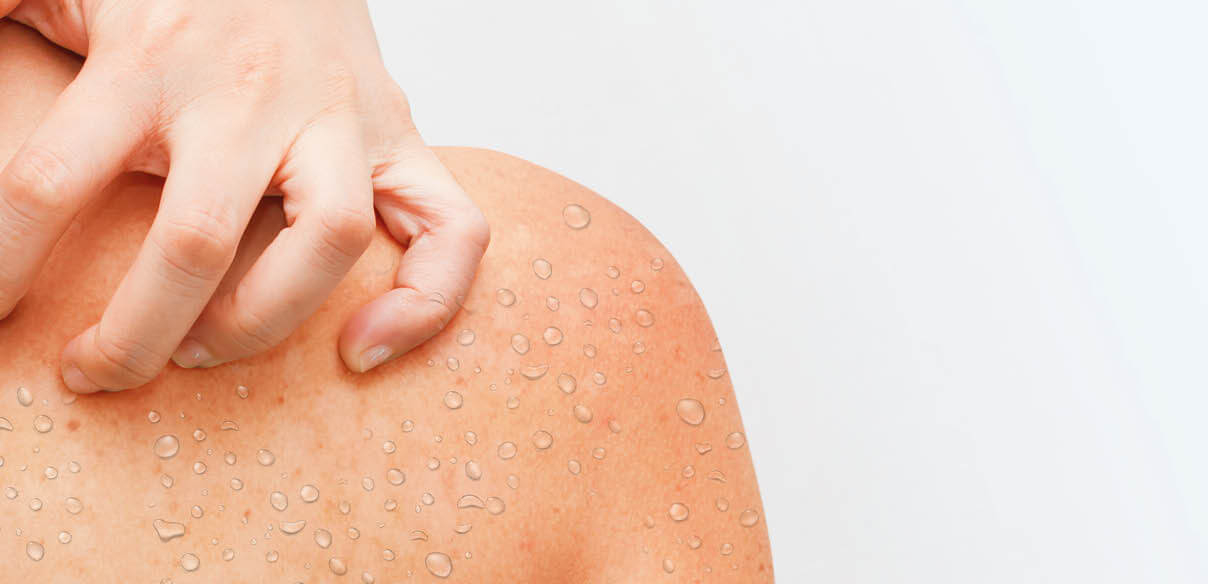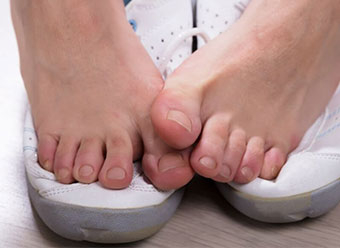Mycoses are common fungal infections that can affect different parts of the body. Mycosis of the feet or nails, cutaneous mycosis, vaginal mycosis, each fungal infection has its own appropriate treatment. A frequently-asked question: how long does a mycosis last and how do you know when it is cured? Explanations.
Briefly, the common symptoms of a mycosis
The symptoms of a mycosis vary depending on the type of fungal infection and its location. Mycoses can affect different parts of the body, nails, feet and skin. Common symptoms include redness, itching, pain, cracking, flaking, changes in skin or nail colour, unpleasant odours and white discharge in women. In some cases, the infected area may be painful and tender to the touch. Symptoms can vary in intensity and duration depending on the type of fungus and the severity of the infection. It is important to consult a health professional if you have symptoms of mycosis for an accurate diagnosis and appropriate treatment.
How long does it take to treat mycosis?
The length of treatment of mycosis depends on several factors such as the type of fungus, the location of the infection, the general health of the person and how early the treatment started. On average, properly treated cutaneous mycosis can be cured in a few weeks to a few months. A nail mycosis can take six months to a year to be fully cured. It is important to follow the prescribed treatment until the end, even if the symptoms disappear quickly (antifungal creams or oral antifungals in most cases).
Read our article on recurrent mycosis that does not go away despite treatment.
How do you know if a mycosis has been cured?
To know if a mycosis is cured, it is important to monitor the symptoms, follow the recommendations of your doctor or pharmacist and continue your treatment until the end! In general, the itching, burning, redness or bad odour should diminish over time with the proper treatment.
Treatment: how to treat mycosis quickly?
Antifungals: These are medicines prescribed to treat fungal infections, including mycoses. Antifungals can be taken as tablets, creams, gels, lotions or sprays. Consult your doctor for the most appropriate treatment.
Hygiene gestures: It is important to maintain good personal hygiene to prevent and treat mycoses. This includes washing regularly and thoroughly, drying affected areas after showering, wearing clean, dry clothes, not sharing personal items such as towels or razors, and avoiding walking barefoot in public areas such as swimming pools and changing rooms.
For your daily personal hygiene, use products tested on mycosis-prone skin - these cleanse, protect and soothe sensitive skin.





